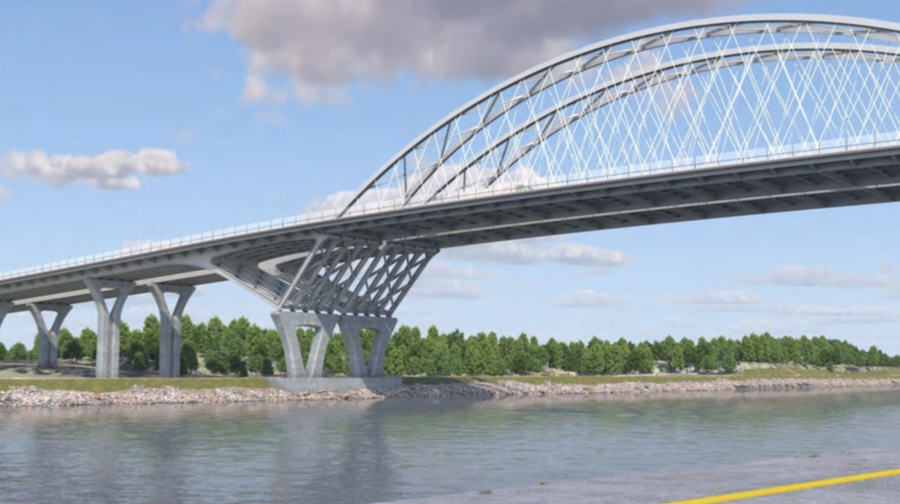I rather have to agree. Short of filling the canal in, the bridges are pretty important and a direct problem caused by the state when they created the canal.
The state did not "create" the canal. It was built by private enterprise and opened in 1914. The canal was purchased in 1928 by the federal government and greatly widened in the 1930s. With the 1928 purchase, the federal government assumed the rights and obligations to operate and maintain the canal. That included the road and rail crossings. See the "Private construction" and "Public takeover and expansion" sections of the
Wikipedia entry for the Cape Cod Canal for a reasonably accurate history.
In recent years, the state has entered a couple of Faustian Bargains with the feds to maintain the canal crossings. The first was the recent rehabilitation of the railroad bridge. The federal government funded it, but as part of an apparent agreement, the state relinquished some railroad crossing rights. We see the fallout from that agreement today: Despite repeated requests to run an additional
CapeFlyer roundtrip summer Saturdays for the benefit of Cape residents, the U.S. Army Corps of Engineers has refused the bridge crossings, citing the impact to maritime traffic.
The Army Corps' impact assertion is laughable. Consider the history of the past 40 years. In the 1980s, before rehabilitation, the railroad bridge saw much higher traffic with both the Cape Cod & Hyannis and Amtrak
Cape Codder services. Since then, the bridge has been rehabilitated, and by the Army Corps' own admission, as published in their annual "Waterbourne Commerce of the United States," tonnage through the canal has dropped by nearly 60% since the 1980s. In 1985, 14,539 thousand tons transited the canal, while in 2019 (the last year before the pandemic), that number had dropped to 6,715. The later publicly available data shows a much sharper drop during the pandemic. Clearly commercial maritime traffic is not a reason there can't be increased rail use of the bridge, weekends or otherwise.
The state's second Faustian Bargain is taking on ownership of the new highway bridges as an expedient for their construction. In essence, the state has agreed to take on some of the construction and all of the maintenance costs of the new bridges -- items for which the federal government should be solely responsible as long as the canal is in operation.
Should the canal remain in operation is a reasonable question to ask. Given the documented sharp drop in commercial tonnage, does it make sense to spend billions on new highway bridges, let alone the operational costs of the canal? The answer might still be yes, but it is not a given fact.






